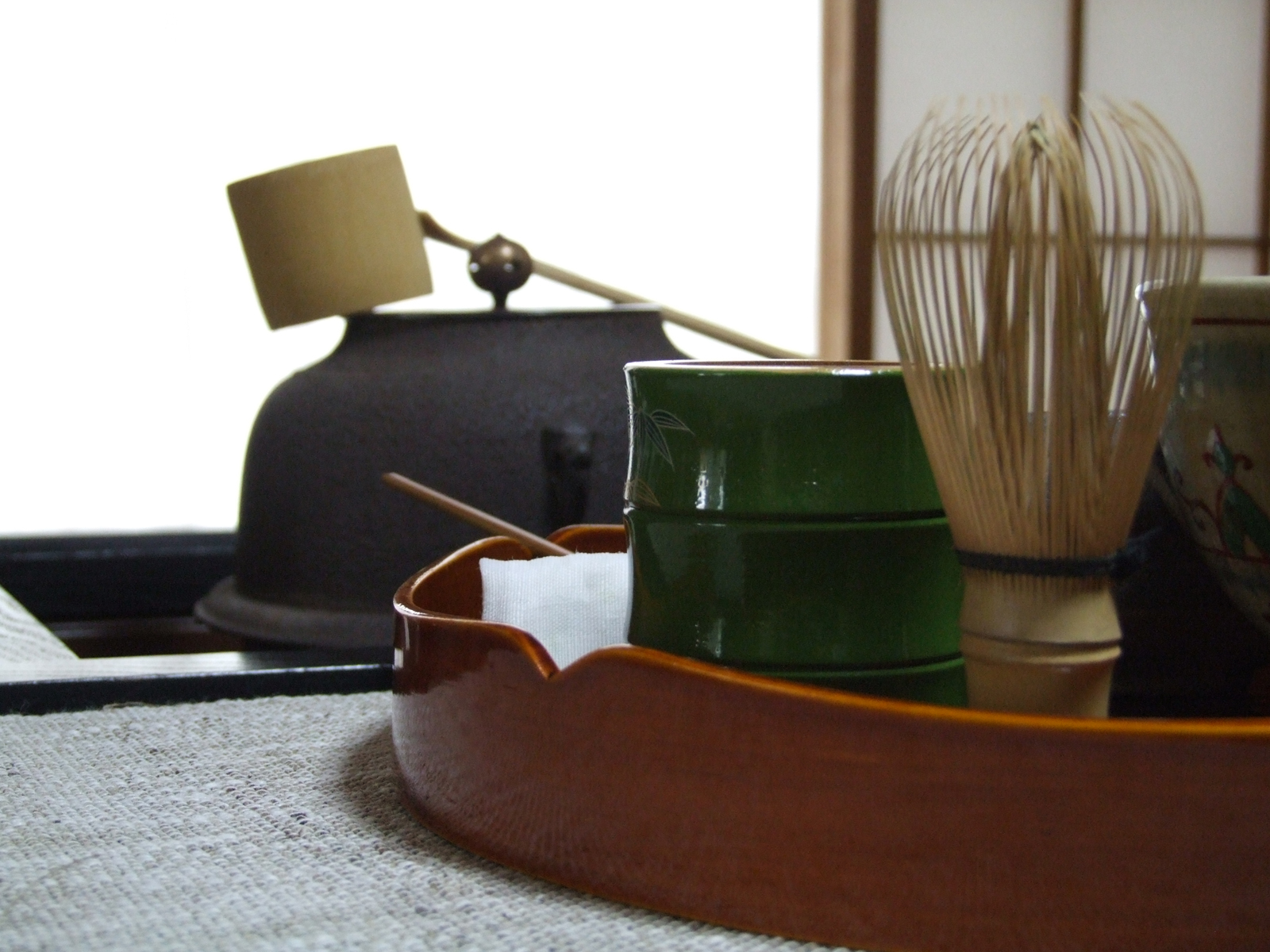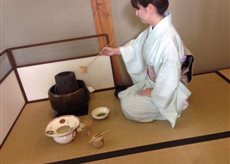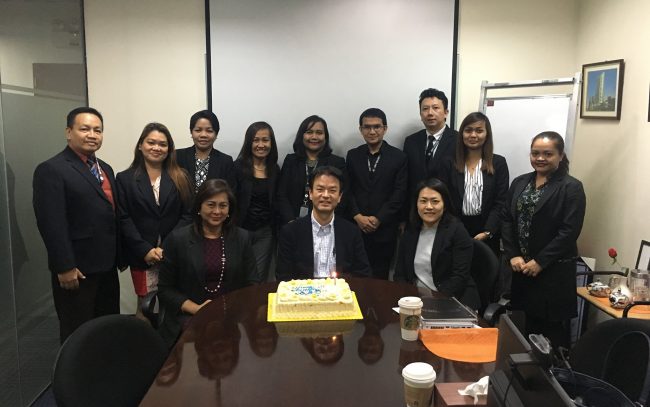☆News from BBTO Global Team☆
Sandy講師の茶道体験

日本人に英語を教えてきた経験の長いSandy講師は、日本人の友人も多く、日本語や日本文化を自ら積極的に学んでいるほどの親日家です。
そのSandy講師が、先日マカティで「茶道」を初めて体験し、その時の模様を報告してくれましたので、今日はそちらをご紹介します。
Sandy講師の目に、日本の伝統文化「茶道」はどのように映ったのでしょうか? ぜひご一読ください。
The Way of Tea
By Sandy Mapua
Just a month before my Japanese friend Miki left for Japan, she gave me the privilege of attending one of Japan’s oldest traditional ceremony, the Tea Ceremony.
I was very excited. It was going to be my first time to attend and I was pretty sure that I would learn so much from it. Tea ceremonies are not always held in the Philippines, but on the 20th anniversary of the Japan Foundation, Manila held various activities that promoted Japanese education and culture.
There are a few ‘chashitsu’ or tea houses here in Manila, and last March 15, 2017, we headed to the one located in Makati. The name of the tea house is Ryosen-an, which means ‘by the fountain.’ There were several ceremonies to be held that day, each lasting for about 30 minutes. Despite the terrible traffic, I was lucky to have attended the first one.
When I arrived at the place, I saw several Japanese women dressed in their ‘kimonos’ and ‘yukatas’. They were warm and welcoming, and told me to go inside the chashitsu. The atmosphere inside the room was something I had imagined. Simple, clean, and the Japanese interiors, mixed with the presence of other foreigners, made me feel that I was not in my own country. Contrary to what I had expected, there were about ten stools provided inside the room and that meant that we, the foreign guests, didn’t have to kneel down on the tatami floor. What a relief! There were about 7 guests inside, and it was very quiet as everybody anticipated the start of the ceremony.
During the ceremony, I learned a few things:
1. The Japanese Tea Ceremony, otherwise called the ‘way of tea’, involves the ceremonial preparation and presentation of ‘matcha’. The hostess explained that one of the purposes of the ceremony is to show the Japanese’s way of life, which is simplicity.
2. The kakemono or the hanging object which is complemented by a flower arrangement sets the spiritual mood of the ceremony. The kakemono that was in the room was the Kakejiku type, the one with calligraphy. The hostess explained the meaning of the calligraphy, which was ‘Ju-san’ or ‘mountain of happy and long life’, while the flowers represented nature.

3. The ‘wagashi’ (sweets) are supposed to be eaten and finished before drinking the tea and the two must not be taken one after the other. Each of us were given a piece of ‘momoyama’, (which was placed on a ‘Kaishi’ paper), a baked tea cake. It was delicious! Then, I watched how the grand master prepared the utensils. The tea was slowly mixed with a bamboo tea whisk, and poured into the bowl.

4. There is a proper way of taking the tea. The art in the bowl must be respected and therefore should face the guest. The guest should not drink from the side of the bowl where the art is placed. Another rule is that the tea is supposed to be consumed immediately. Since the tea was bitter and warm, we were allowed to take short sips for about three to four times.

After the ceremony, the hostess happily thanked us for attending. Each of us were given some tokens of appreciation, the Kaishi papers and the kashikiri, a small cutlery that was used for slicing Japanese sweets. She said that the kashikiri and its case was made in Mindanao from Carabao horns.
The whole experience for me was nothing short of a surprise, because it’s something I have wished to do for a long time. There are still a lot of things that I don’t know about the tea ceremony, but the experience served as a stepping stone. I dream of visiting Japan one day, and learning more about their culture. So far, this is the closest thing to my dream and I am grateful for it.








